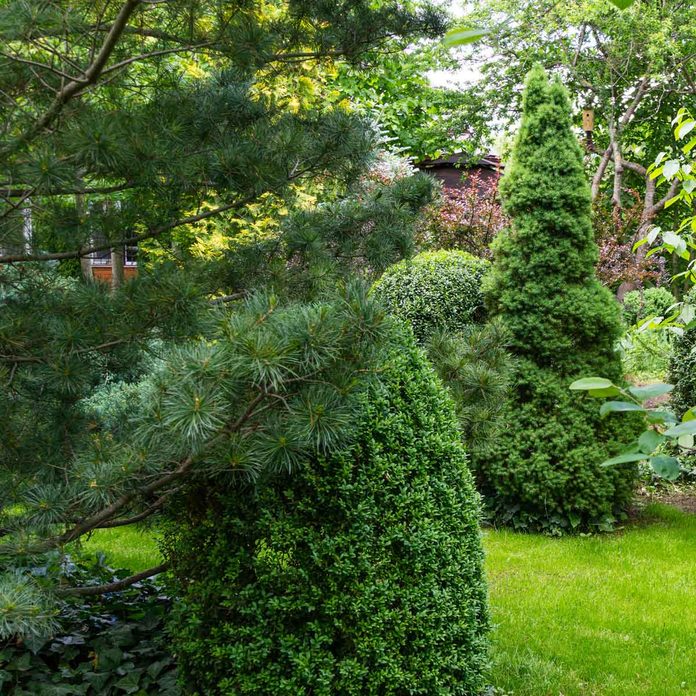
What Is a Spruce Tree?
Spruces are tall, symmetrical conifer trees with evergreen needles attached individually rather than bunched like pine needles. While they resemble fir trees, spruces drop their cones intact, rather than dispersing seeds first as fir trees do. Denizens of cold climates, there are almost 40 species of spruce, many important forest trees harvested for pulp and paper products.
Only a handful of species are common in the nursery trade, but they include many diverse cultivars with sizes and features far different from the species.
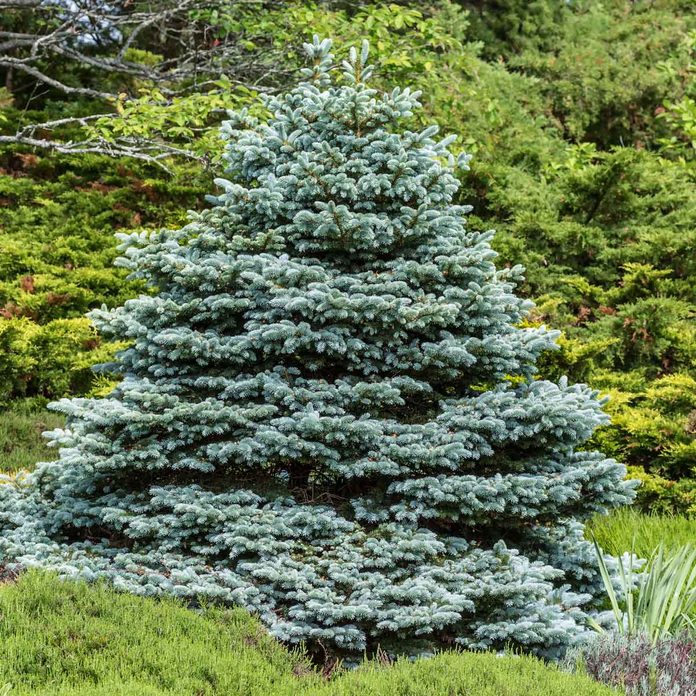
Blue Spruce
Blue spruce (Picea pungens f. glauca), also called Colorado blue spruce, is a beautiful tree with blue-gray needles. Being colorful and relatively drought tolerant, it’s a favorite of many homeowners unless placed in the wrong spot — it grows quickly to 60 feet tall and can overtake a small yard.
Dwarf cultivars grow slowly to 10 or 15 feet tall and are easily trimmed to the desired shape. “Montgomery” and “Fat Albert” are two popular cultivars.
Best in USDA Plant Hardiness Zones 3 through 8.
Culture: Full sun; rich, evenly moist soil.
Note: Blue spruce under stress are prone to a disfiguring fungus Cytospora Canker.
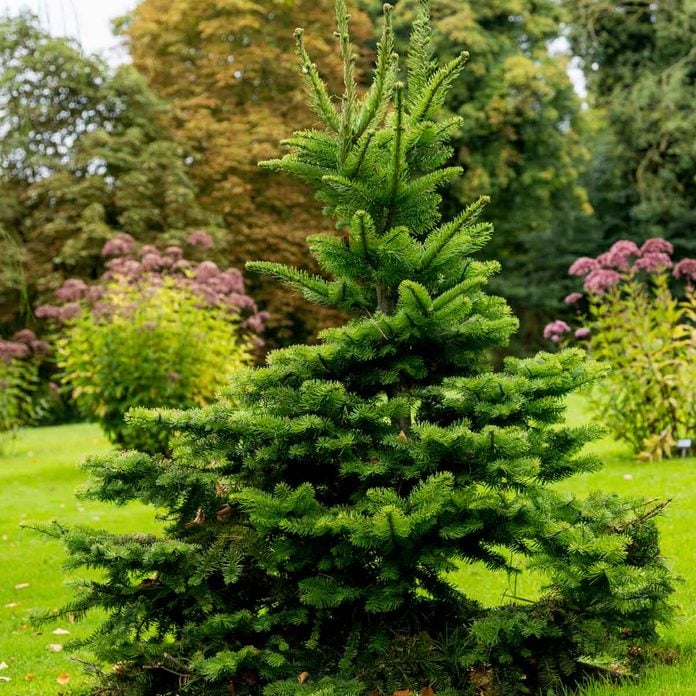
Norway Spruce
As the name implies, Norway spruce (Picea abies) is a European native now common in North America. It’s large — up to 80 feet tall and 35 feet wide — and can grow three feet per year in the right conditions.
Fast-growing Norway spruce is a beautiful, graceful evergreen with pyramidal shape and boughs that become more pendulous with age. Many small cultivars are available including the popular bird’s nest spruce “Nidiformis” and “Pumila.”
Zones: 2-7.
Culture: Full sun; tolerant of wind and various soils.
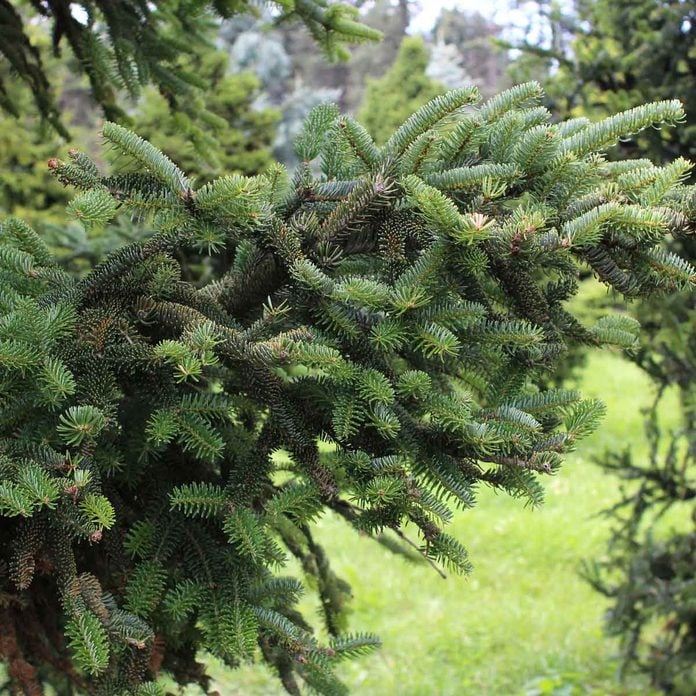
Oriental Spruce
Slower growing than the Norway spruce, Oriental spruce (Picea orientalis) can take half a century or more to reach 50 to 60 feet in height.
A dense conifer with lustrous, dark-green needles, it grows in an attractive pyramidal shape highlighted with pendulous branches. This graceful habit makes Oriental spruce an excellent specimen plant. Cultivars are even more intriguing: “Aurea” has golden yellow new growth; “Pendula” is a compact weeping cultivar.
Zones: 4-7.
Culture: Full sun; tolerates some shade and poor, stony soil; needs protection from strong winter winds.
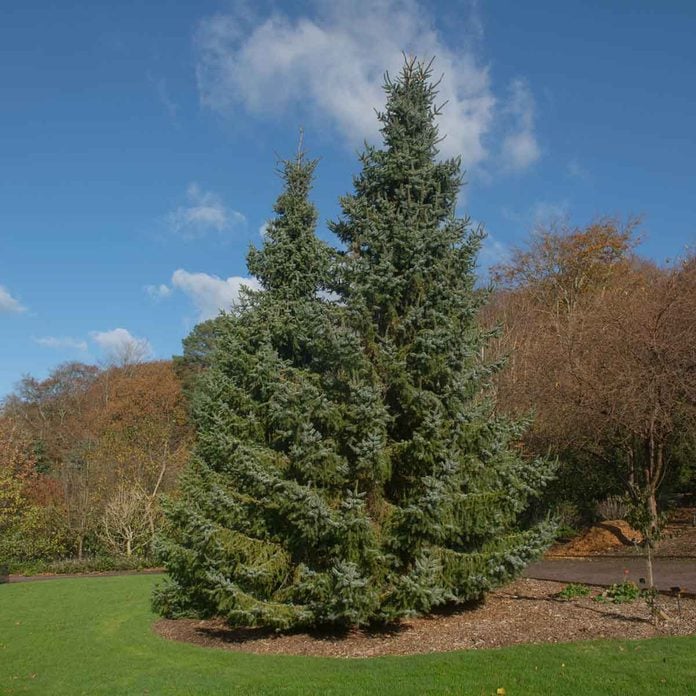
Serbian Spruce
With its narrow, pyramidal shape and drooping or sometimes ascending branches, Serbian spruce (Picea omorika) looks beautiful as a specimen or grouped together as a hedge. Slowly growing to 50 to 60 feet tall and 20 to 25 feet wide, Serbian spruce features green needles with a silvery underside that shimmers in the breeze. “Aurea” has yellow needles, “Nana” is dwarf and “Pendula” has drooping, twisted branches.
Zones: 4-7.
Culture: Part shade; deep, rich, moist soil that is well drained; benefits from protection from harsh winter winds.
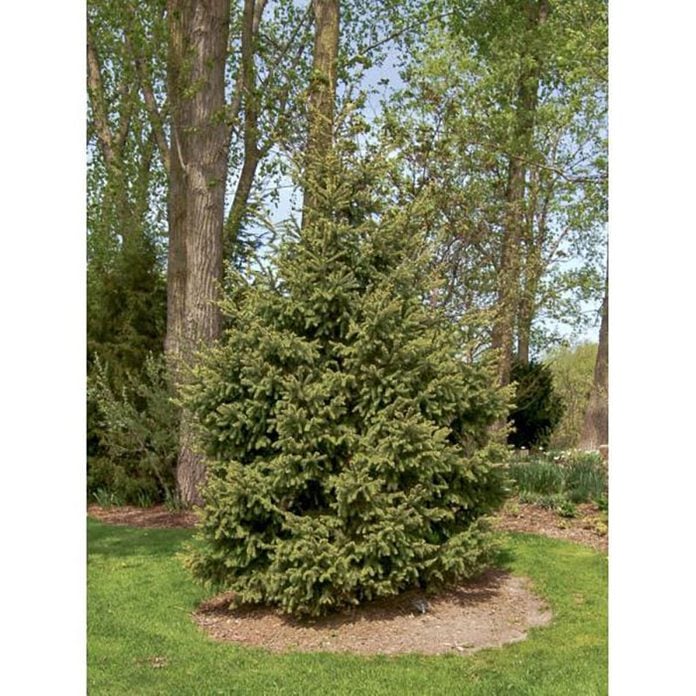
White Spruce
With its adaptability, white spruce (Picea glauca) can serve many functions in the landscape, from specimen to background plant to windbreak to privacy screen. The glaucus green color of the needles looks good paired with darker evergreens, and the mature size (40 to 60 feet tall and 10 to 20 feet wide) won’t overtake most landscapes.
Zones: 2-6.
Culture: Full sun but tolerates some shade; adaptable to wind and drought.
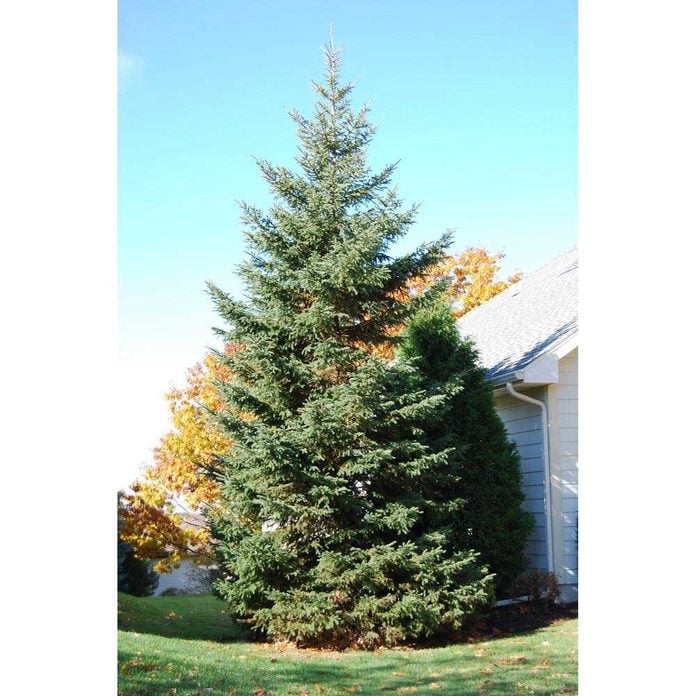
Black Hills Spruce
Black Hills spruce (Picea glauca var. densata) is a variety of white spruce with much denser foliage. It has an attractive pyramidal shape and grows slowly to 40 feet tall by 35 feet wide, so it fits into more home landscapes than bigger forest trees. This is a good spruce for an exposed site because it is more tolerant of wind than other spruces.
Zones: 2-6.
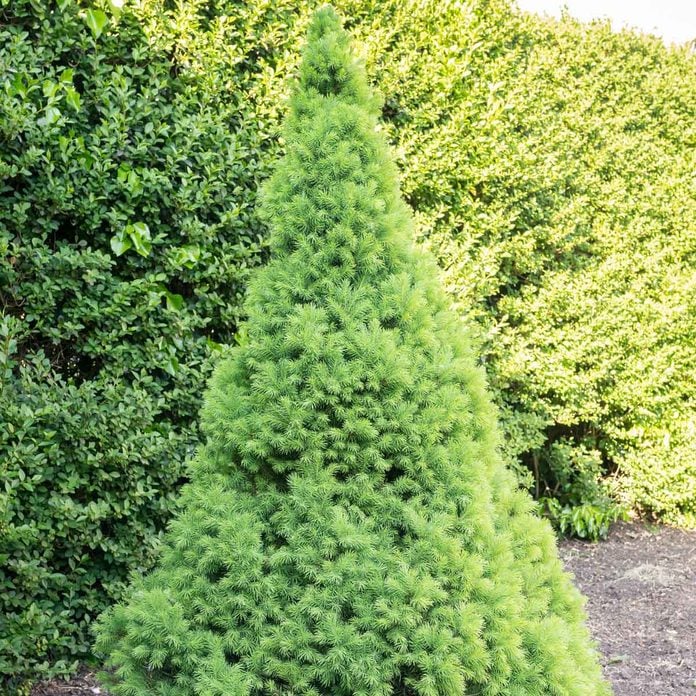
Dwarf Alberta Spruce
This is the spruce most urban landscapers turn to. Dwarf Alberta spruce (Picea glauca “Conica”) is a cultivar of white spruce. Growing just two to four inches per year, dwarf Alberta spruce can take 25 to 30 years to reach 10 or 12 feet in height. With its dense needles, conical shape and pretty green color (blue-green on “Blue Wonder”), this spruce can be planted in front beds and even containers.
Zones: 3-6.
Culture: Full sun; moist, well-drained soil.
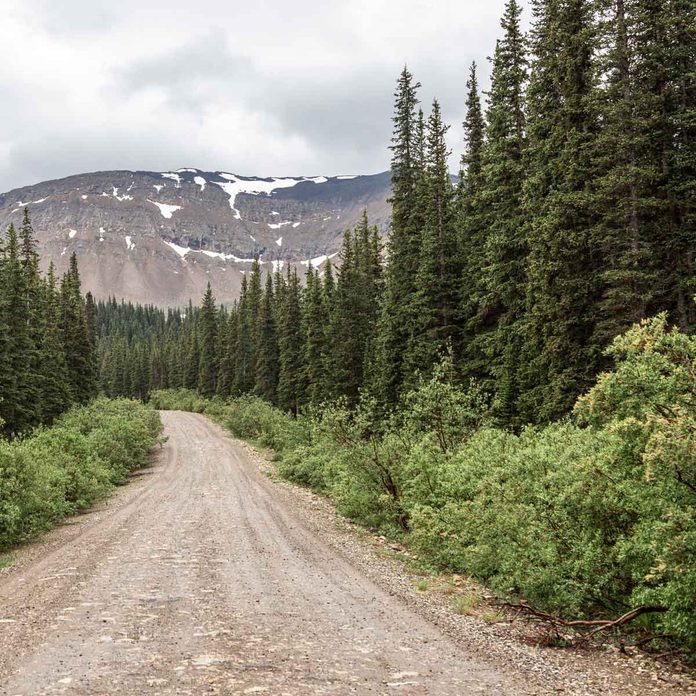
Black Spruce
Not to be confused with Black Hills spruce, a variety of white spruce, black spruce (Picea mariana) is a separate species and one that is more tolerant of wet soils than other spruces. A slow-growing, tough tree, it reaches 30 to 50 feet tall and 20 to 30 feet wide. It has an interesting shape, too — pyramidal like other spruces, but with sweeping downward branches and a narrow, spire-like crown.
Zones: 2-6.
Culture: Full sun; moist, acidic soil.